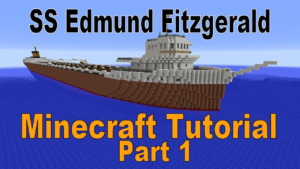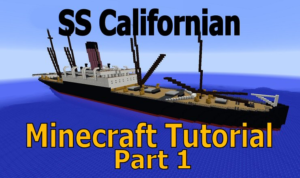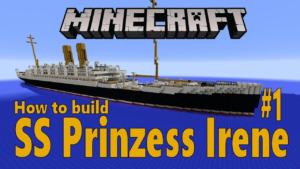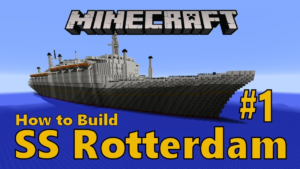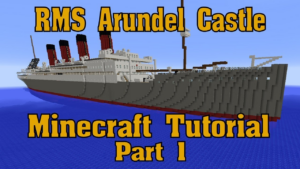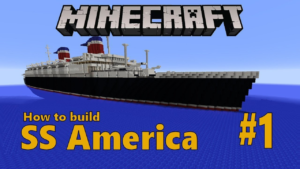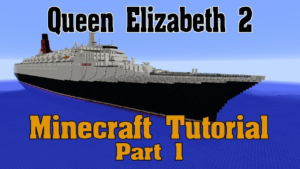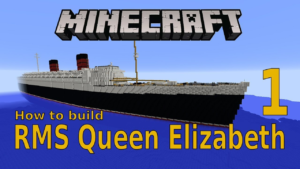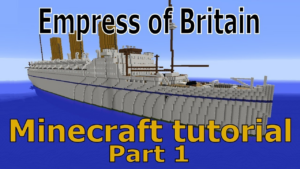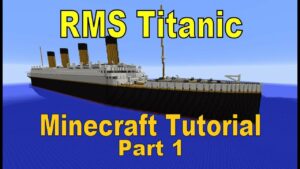SS Edmund Fitzgerald was an American Great Lakes freighter that sank in a Lake Superior storm on November 10, 1975, with the loss of the entire crew of 29. When launched on June 7, 1958, she was the largest ship on North America's Great Lakes, and she remains the largest to have sunk there.
For 17 years, Edmund Fitzgerald carried taconite iron ore from mines near Duluth, Minnesota, to iron works in Detroit, Toledo, and other Great Lakes ports. As a workhorse, she set seasonal haul records six times, often breaking her own previous record. Captain Peter Pulcer was known for piping music day or night over the ship's intercom while passing through the St. Clair and Detroit Rivers (between Lakes Huron and Erie), and entertaining spectators at the Soo Locks (between Lakes Superior and Huron) with a running commentary about the ship.[5] Her size, record-breaking performance, and "DJ captain" endeared Edmund Fitzgerald to boat watchers.
Carrying a full cargo of ore pellets with Captain Ernest M. McSorley in command, she embarked on her ill-fated voyage from Superior, Wisconsin, near Duluth, on the afternoon of November 9, 1975. En route to a steel mill near Detroit, Edmund Fitzgerald joined a second freighter, SS Arthur M. Anderson. By the next day, the two ships were caught in a severe storm on Lake Superior, with near hurricane-force winds and waves up to 35 feet (11 m) high. Shortly after 7:10 p.m., Edmund Fitzgerald suddenly sank in Canadian (Ontario) waters 530 feet (88 fathoms; 160 m) deep, about 17 miles (15 nautical miles; 27 kilometers) from Whitefish Bay near the twin cities of Sault Ste. Marie, Michigan, and Sault Ste. Marie, Ontario—a distance Edmund Fitzgerald could have covered in just over an hour at her top speed. Although Edmund Fitzgerald had reported being in difficulty earlier, no distress signals were sent before she sank; Captain McSorley's last message to Arthur M. Anderson said, "We are holding our own." Her crew of 29 perished, and no bodies were recovered. The exact cause of the sinking remains unknown, though many books, studies, and expeditions have examined it. Edmund Fitzgerald may have been swamped, suffered structural failure or topside damage, been shoaled, or suffered from a combination of these.













